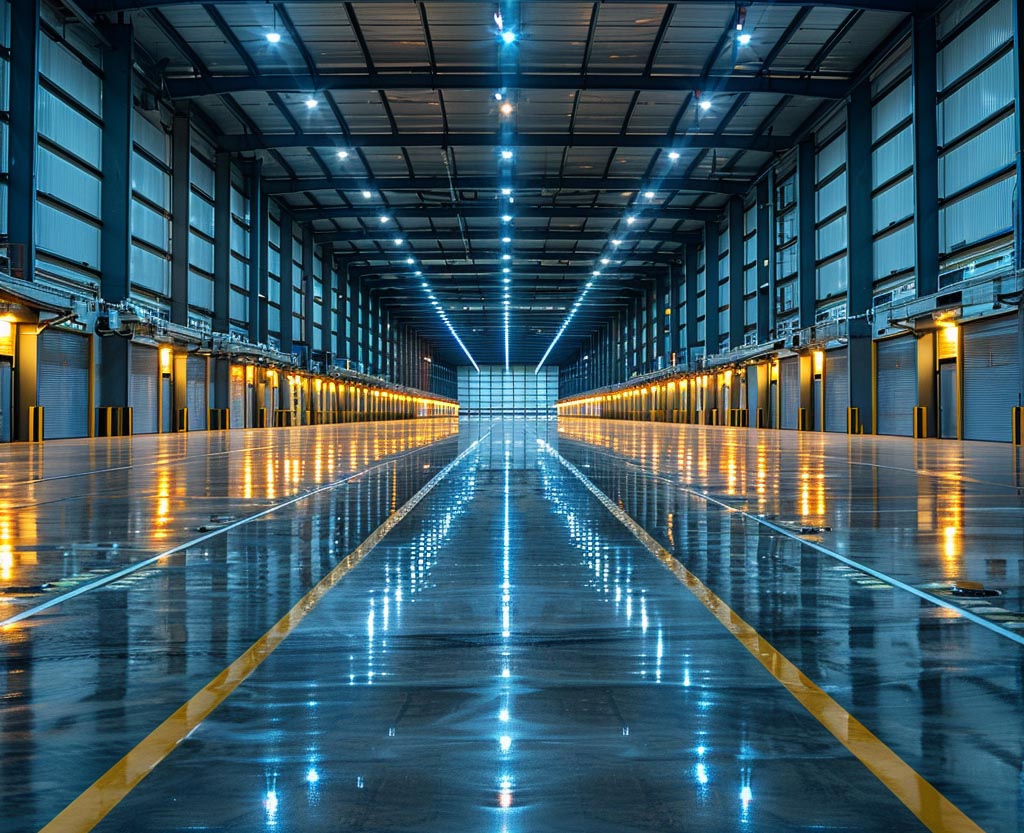Introduction: In today’s environmentally-conscious world, businesses are increasingly turning to energy-efficient solutions to reduce costs and minimize their carbon footprint. One such solution is the installation of LED lighting systems, which offer numerous benefits over traditional lighting options. In this guide, we’ll explore the process of installing energy-efficient LED lighting in your commercial building.
- Assess Your Lighting Needs: Before beginning the installation process, it’s essential to assess your lighting requirements. Consider factors such as the size and layout of your building, the types of spaces that need lighting, and any specific lighting preferences or requirements.
- Choose the Right LED Fixtures: LED lighting fixtures come in a variety of shapes, sizes, and designs to suit different applications. Select fixtures that are appropriate for each area of your commercial building, taking into account factors such as brightness, color temperature, and dimming capabilities.
- Plan the Layout: Once you’ve chosen your LED fixtures, it’s time to plan the layout for your lighting system. Determine the placement of each fixture to ensure even illumination throughout your building while minimizing energy consumption. Consider factors such as task lighting, ambient lighting, and accent lighting to create a comfortable and productive environment.
- Retrofit or New Installation: Depending on your existing lighting setup, you may choose to retrofit your fixtures with LED bulbs or opt for a completely new installation. Retrofitting can be a cost-effective option for buildings with compatible fixtures, while new installations offer greater flexibility and customization.
- Hire a Professional Electrician: While LED lighting installation may seem straightforward, it’s essential to hire a professional electrician with experience in commercial projects. A qualified electrician can ensure that your lighting system is installed safely, efficiently, and in compliance with all relevant building codes and regulations.
- Consider Smart Lighting Controls: Enhance the energy efficiency and functionality of your LED lighting system by incorporating smart lighting controls. These systems allow you to adjust lighting levels, schedule lighting operations, and monitor energy usage remotely, providing greater control and flexibility.
- Monitor and Maintain Your Lighting System: Once your LED lighting system is installed, it’s crucial to monitor its performance and conduct regular maintenance to ensure optimal efficiency and longevity. Keep an eye out for any signs of malfunction or degradation and address them promptly to avoid costly repairs or replacements.
Conclusion: By following these steps, you can successfully install energy-efficient LED lighting in your commercial building, providing numerous benefits for your business, employees, and the environment. Whether you’re retrofitting existing fixtures or undertaking a new installation, LED lighting offers an ideal solution for enhancing productivity, reducing energy costs, and promoting sustainability in your workplace.
